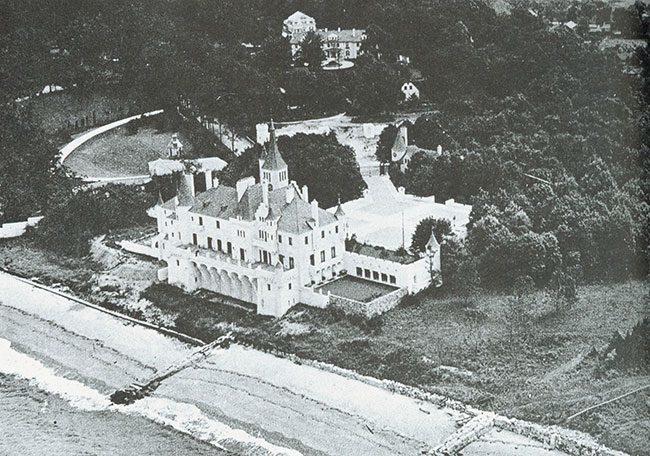Trending
A peek behind the gates of 5 famed Long Island estates
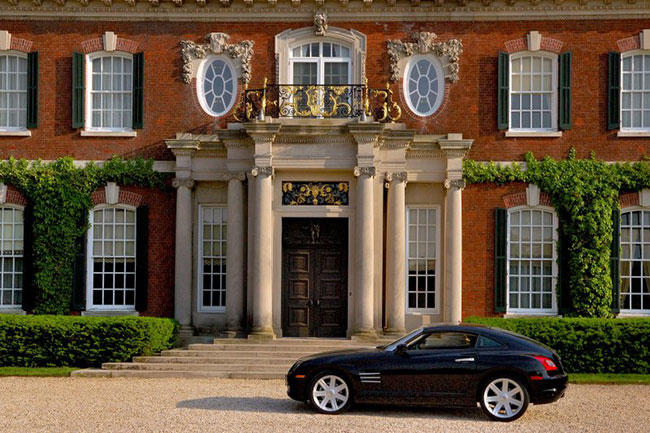
Before there was a billionaire’s row on 57th Street, there was Long Island’s Gold Coast. At the height of the Gilded Age (and in the following decades), familiar names like the Vanderbilts, Roosevelts, Whitneys, Charles Pratt, J. P. Morgan and F. W. Woolworth, to name a few, built stately mansions reminiscent of English country homes on Long Island’s North Shore.
Thankfully, many of those homes still stand, and they remain arguably the most splendid homes surrounding New York City — one is even on the market for a cool $100 million. Here are a few of the best specimens.
1. Winfield Hall (Woolworth Estate)
77 Crescent Beach Road, Glen Cove
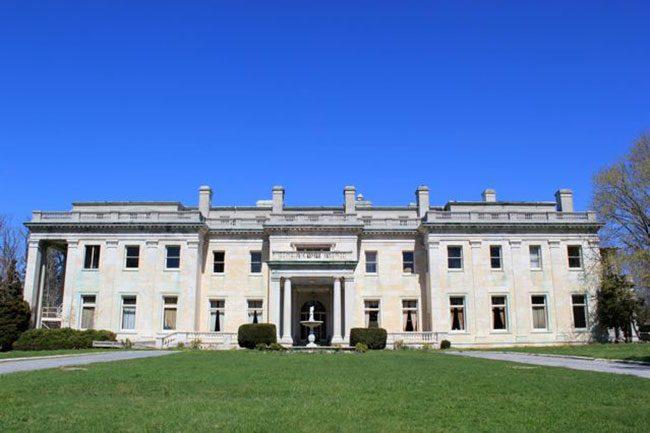
77 Crescent Beach Road, Glen Cove
Fire it seems is not Woolworth’s friend. After his first home was destroyed in a fire (which some believe was started intentionally), Woolworth spent $9 million building the current estate — roughly $196 million in today’s dollars.
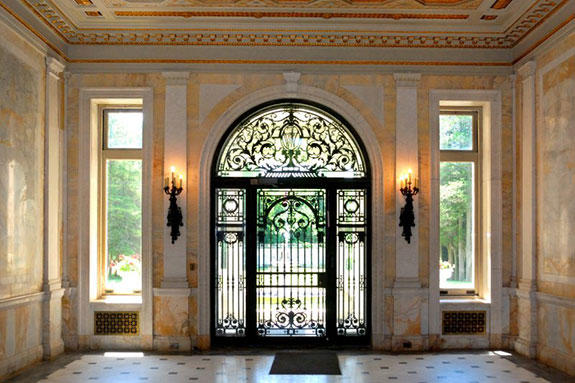
Outside the main house the estate features a large garage with living quarters, a main entrance arch, two greenhouses and a tea house.
Unfortunately, in January of this year the house caught fire causing millions of dollars worth of damage.
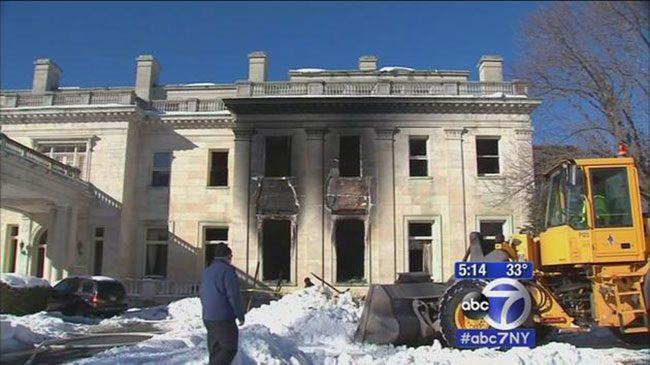
“The priceless woodwork can never be replaced. I’m standing on a beautiful, priceless Oriental rug that’s never going to be the same,” James Hickman, head of fire investigations for the Nassau County fire marshal’s office, told Newsday at the time.
The house is owned by the family of Martin Carey, the brother of former New York Gov. Hugh Carey.
2. Old Westbury Gardens (the Phipps Mansion)
71 Old Westbury Road, Westbury
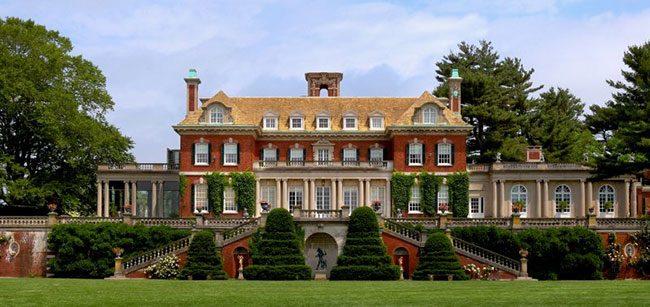
Old Westbury is the former estate of John Shaffer Phipps, the heir to a steel fortune. It was built in 1906 to resemble Battle Abbey in East Sussex — the place where Phipps married his fiancée Margarita. However, it doesn’t look like the properties have much in common.
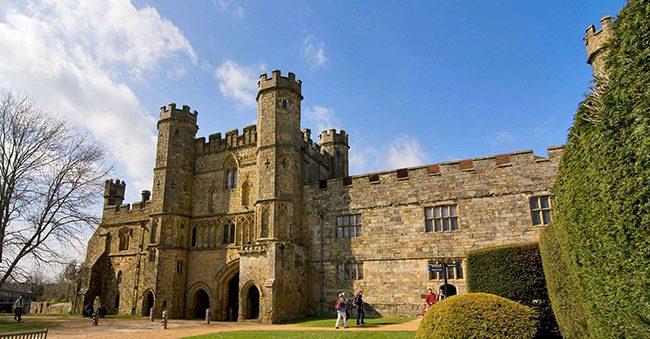
Battle Abbey
Designed by George A. Crawley in the Charles II-style, the home has 23 rooms and sits on a 160-acre estate. Today, the property is open to the public.
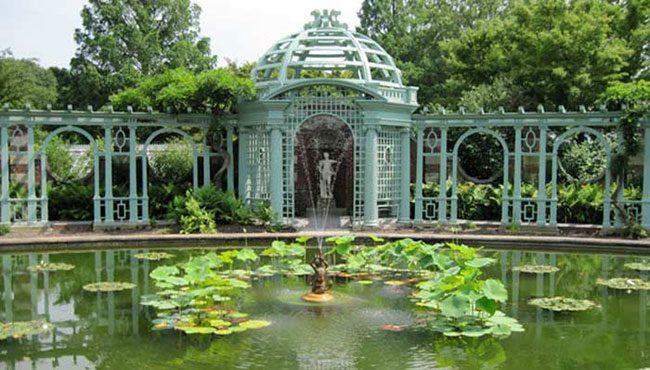
3. Castle Gould (Hempstead House)
127 Middle Neck Rd, Sands Point
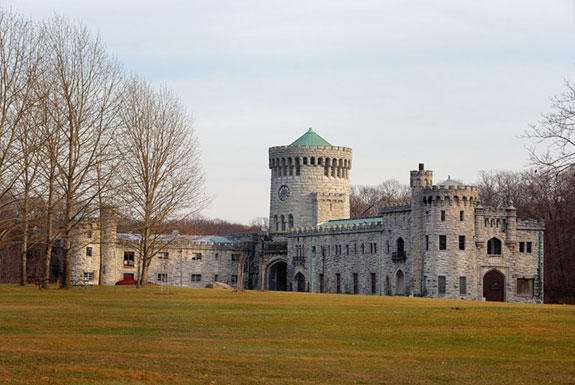
The original Gould Castle
Howard Gould, the son of railroad tycoon Jay Gould, began construction on Castle Gould in 1900. Initially, He modeled the massive home on Kilkenny Castle in Ireland.
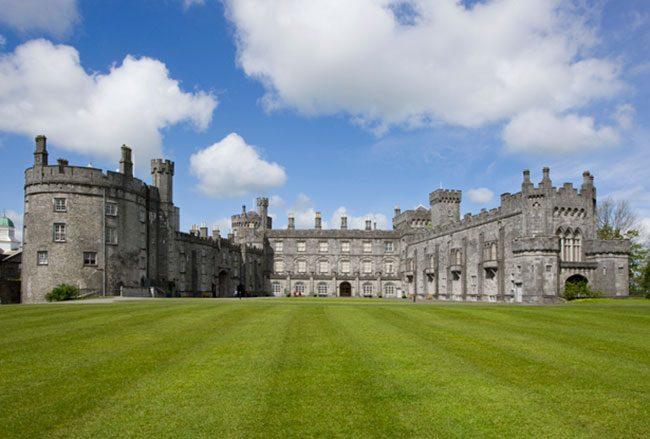
Kilkenny Castle in Ireland
After the castle was complete, the Goulds built another house on the estate, which eventually became the main dwelling.
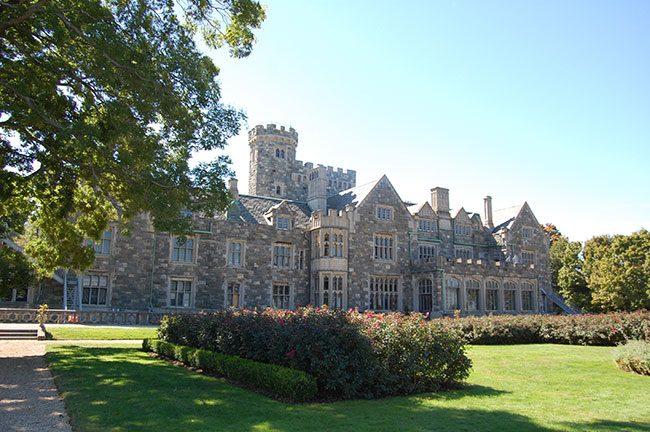
The second home built onto the estate, now know as Hempstead House
However, it seems that the Goulds were never quite satisfied with their castle. In 1912, they sold the property to Daniel Guggenheim. Guggenheim changed the estate’s name to Hempstead House. Just five years later he donated the estate to the Institute of Aeronautical Sciences.
4. Oheka Castle (Otto Kahn Estate)
135 Westgate Dr, Huntington
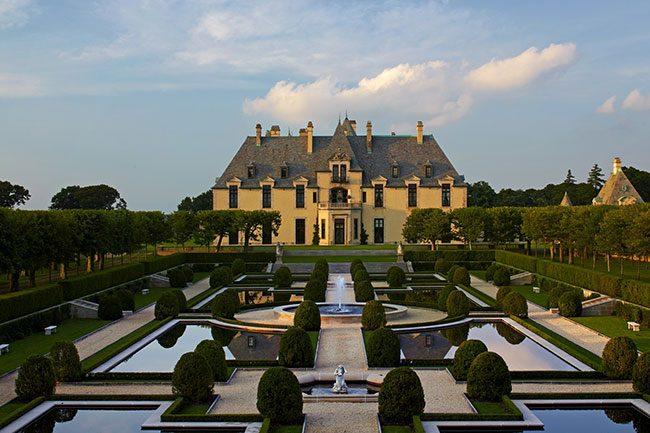
Oheka Castle was the country home of financier Otto Hermann Kahn (Oheka is an acronym of his name). It took five years, from 1914 to 1919, to complete the 109,000-square-foot manse. Not bad, since it is the largest private home in the nation after Biltmore.
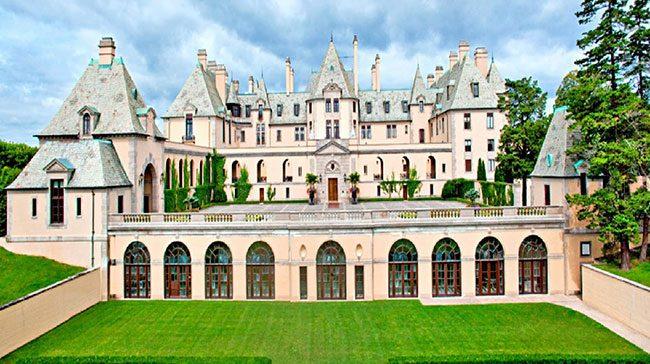
Today, the castle is currently a hotel with 32 guest rooms and additional suites on the upper floors.
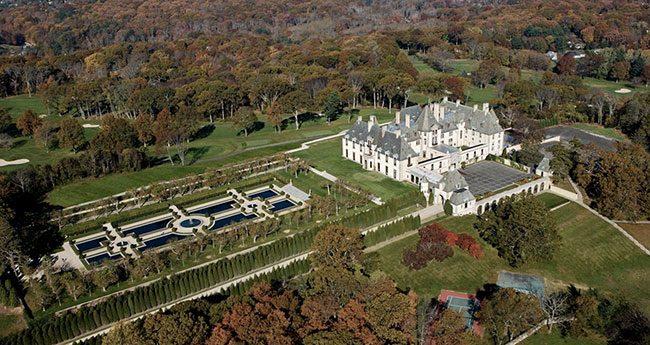
It is owned by Long Island real estate developer Gary Melius, who was shot in the face by a would-be assassin on the estate’s grounds last year.

Gary Melius after being shot
5. Beacon Towers (demolished)
Sands Point
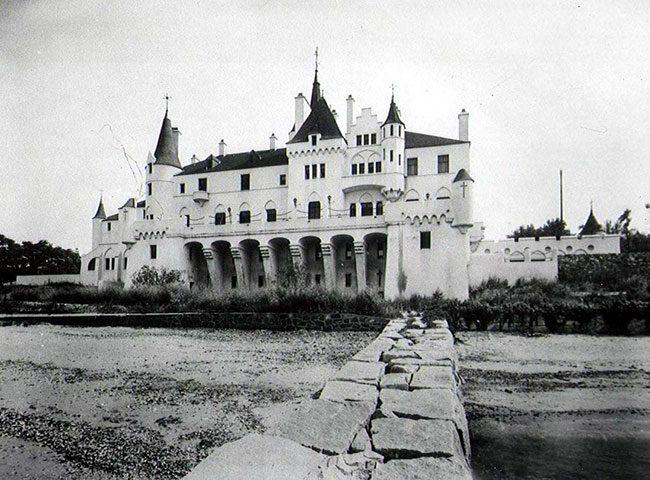
There is nothing sadder than when a beautiful home is destroyed to make way for some lesser structure. Unfortunately, that is what happened to Beacon Towers.
Built in 1917 for Alva Belmont, the ex-wife of William Kissam Vanderbilt and the widow of Oliver Belmont, the home was the last Long Island house designed by the legendary architecture firm Hunt & Hunt.
![]()
Inspired by the alcázars of Spain and depictions of castles in medieval illuminated manuscripts, the home’s interior contained 140 rooms. The mansions exterior was coated in white stucco.
In 1927, the estate was sold to William Randolph Hearst, who expanded the home. Hearst sold Beacon in 1942, and just three years later it was demolished to make was way for a new development.
Some scholars believe that the mansion inspired F. Scott Fitzgerald’s “The Great Gatsby,” which describes the house of Jay Gatsby as:
“A factual imitation of some Hotel de Ville in Normandy, with a tower on one side, spanking new under a thin bead of raw ivy, and marble swimming pool and more than forty acres of land.”
